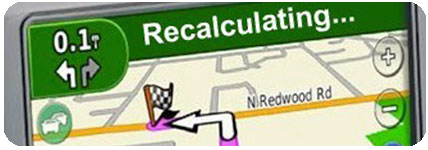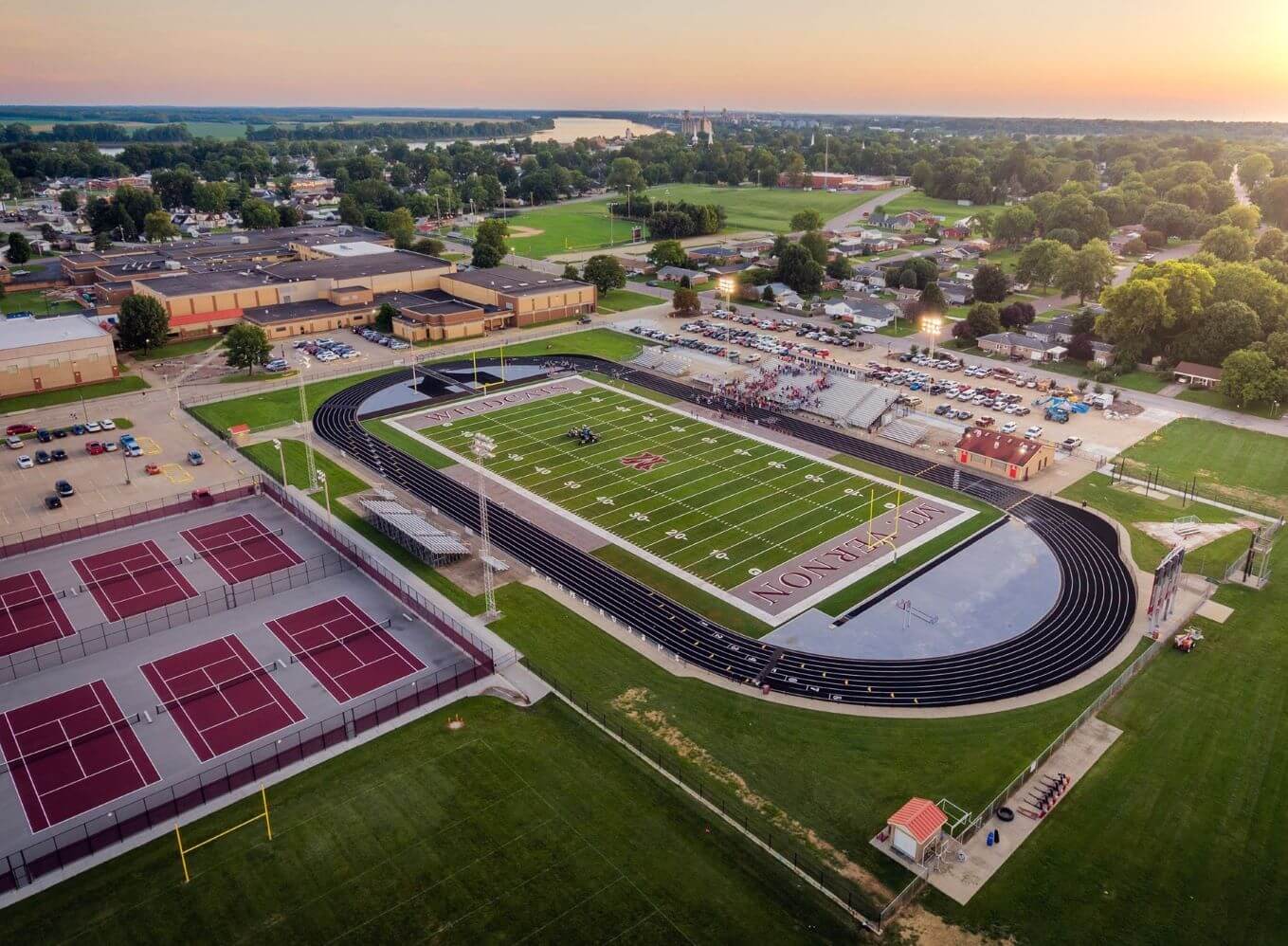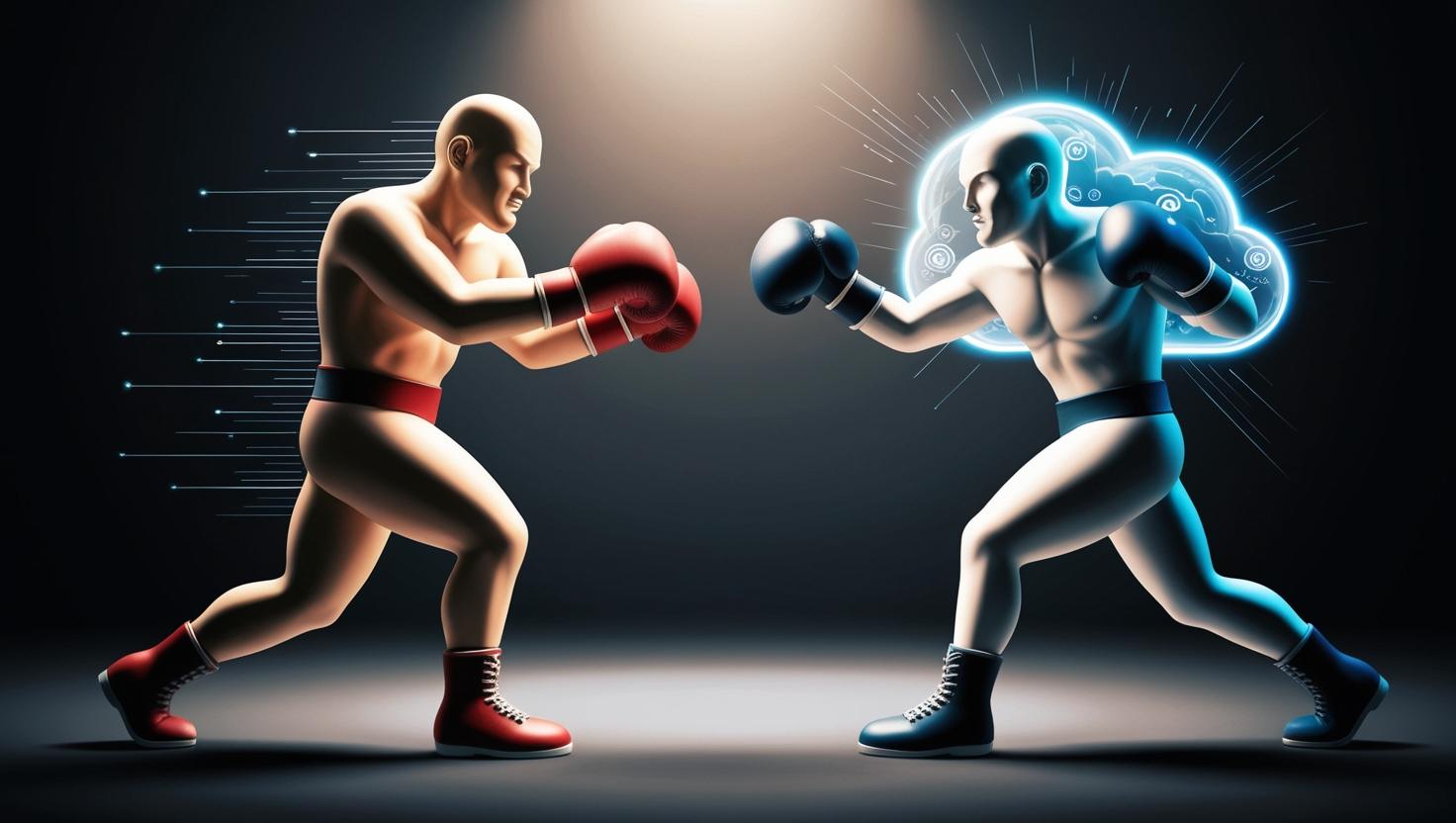 Jeff Gorman – [President]
Jeff Gorman – [President]
While talking to a frequent road traveler recently, his reference to the difficulty in finding a particular destination on his paper map surprised me. While I understand having a contingency for the event of a failure of more technical travel aids, it intrigued me that someone who drove for a living still used traditional paper maps as a primary tool. It brought back clear images in my mind of family vacations from years ago, with maps having highlighted routes and each rest from driving including some time looking at the map to get clarity on the next stage of the trip and to establish some familiarity with options should the main route have any difficulty. I am confident most drivers have not traveled like that in years; GPS units and GPS-capable phones have allowed us to simply type a destination and follow the turn-by-turn instructions to get to any location without having to do any significant navigational planning. It is clearly a stellar example of technology simplifying and enhancing a manual process, not to mention eliminating the art of the origami accordion associated with paper maps.
 Unfortunately, however, such a shortcut to the ‘check the plan as you go’ method does not exist in business. There simply is no consistently successful way to set a strategic goal and trust that regardless of obstacles or unforeseen events, we will end up at our destination. There are no ‘recalculating’, ‘make a U-turn as soon as safely possible’ or ‘traffic detected, would you like an alternate route’ announcements allowing us to achieve business objectives automatically. When establishing a destination or goal for a business, there needs to be a clear purpose and a plan established to navigate toward that goal. It is imperative that we regularly measure progress against the specific plan in a way that provides clarity for when navigational changes need to occur. With appropriate measurement points and consistent comparison of current location to desired location, the business can better establish accountability within teams, better share knowledge of potential obstacles, and remain on course with smaller adjustments than would be required if the journey continued unchecked for longer periods of time. Just as the road traveler GPS would be ineffective if it only checked progress against your destination once a quarter, your business goal progress must be compared to a scorecard on a very consistent basis to be effective.
Unfortunately, however, such a shortcut to the ‘check the plan as you go’ method does not exist in business. There simply is no consistently successful way to set a strategic goal and trust that regardless of obstacles or unforeseen events, we will end up at our destination. There are no ‘recalculating’, ‘make a U-turn as soon as safely possible’ or ‘traffic detected, would you like an alternate route’ announcements allowing us to achieve business objectives automatically. When establishing a destination or goal for a business, there needs to be a clear purpose and a plan established to navigate toward that goal. It is imperative that we regularly measure progress against the specific plan in a way that provides clarity for when navigational changes need to occur. With appropriate measurement points and consistent comparison of current location to desired location, the business can better establish accountability within teams, better share knowledge of potential obstacles, and remain on course with smaller adjustments than would be required if the journey continued unchecked for longer periods of time. Just as the road traveler GPS would be ineffective if it only checked progress against your destination once a quarter, your business goal progress must be compared to a scorecard on a very consistent basis to be effective.
If you are not tracking your key performance indicators with easy-to-interpret scoreboards on a regular basis, or you are not conducting frequent reviews of your progress on the route to achieve your objective, for all intents, your team is travelling the highway without a map. Find a ‘rest stop’, get a ‘map’, and start measuring your progress against your plotted course. You will be better equipped to handle obstacles and you will find the journey far more enjoyable if you work from the position of knowing each leg of the journey is staying on track.




